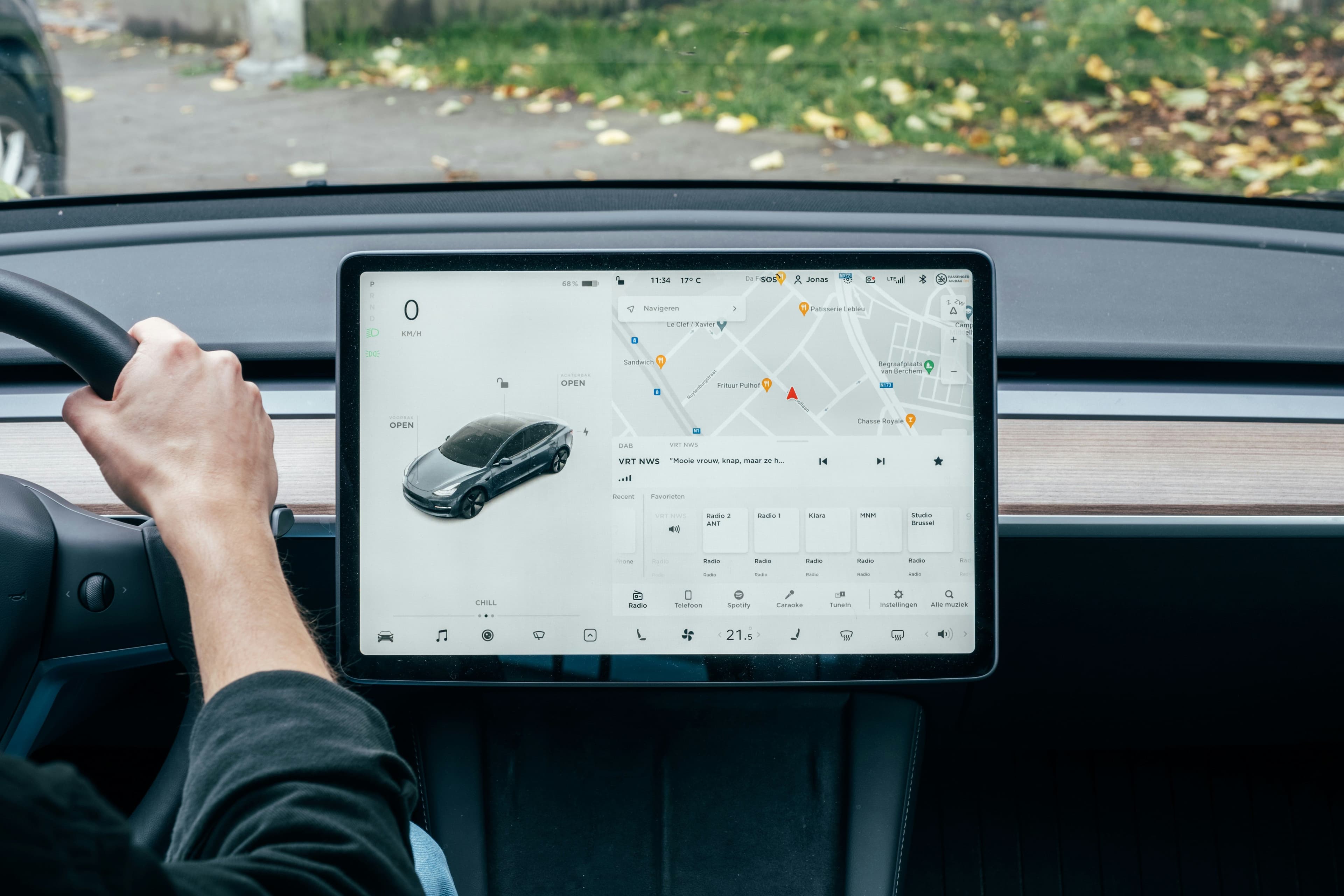Introduction
The concept of self-driving cars, once a staple of science fiction, is rapidly becoming a reality. Autonomous driving technology promises to revolutionize the way we commute, offering safer, more efficient, and environmentally friendly transportation options. But what exactly powers these futuristic vehicles? In this article, we'll delve into the core technologies behind autonomous driving, demystifying how self-driving cars perceive, think, and navigate our roads.
Understanding Autonomous Driving Levels
Before diving into the technology, it's crucial to understand the levels of autonomous driving, which range from 0 (no automation) to 5 (full automation). Most of today's self-driving technologies fall between levels 2 and 4, offering various degrees of automation from driver assistance to fully autonomous capabilities in specific conditions.
Key Technologies Behind Autonomous Driving
1. Sensors and Cameras
At the heart of any autonomous vehicle (AV) are its sensors and cameras, which act as the car's eyes and ears. These include:
- LIDAR (Light Detection and Ranging): Uses laser light to create a 3D map of the vehicle's surroundings, providing precise distance measurements.
- Radar: Employs radio waves to detect objects and their speed relative to the vehicle, useful for adaptive cruise control and collision avoidance.
- Cameras: Offer visual information about the environment, including traffic signs, lane markings, and obstacles.
- Ultrasonic Sensors: Primarily used for parking assistance and close-range object detection.
2. Artificial Intelligence and Machine Learning
AI and machine learning algorithms are the brains of the operation, processing the vast amounts of data collected by the vehicle's sensors and cameras. These algorithms enable the car to make decisions in real-time, such as when to brake, accelerate, or steer, and to learn from new situations and environments.
3. GPS and Navigation Systems
GPS technology is crucial for route planning and navigation. However, autonomous vehicles require far more precision than traditional GPS can offer. Enhanced GPS systems, combined with detailed maps and real-time traffic data, allow AVs to understand their exact location and plan the most efficient routes.
4. V2X Communication
Vehicle-to-Everything (V2X) communication enables AVs to communicate with each other and with infrastructure (like traffic lights and road signs), further enhancing safety and efficiency. This technology can significantly reduce accidents by providing real-time information about traffic conditions, hazards, and other relevant data.
5. Computing Power
All the data collected and processed by an autonomous vehicle requires immense computing power. High-performance onboard computers analyze the information in milliseconds, ensuring that the vehicle can make quick and accurate decisions.
Challenges and Future Directions
Despite significant advancements, several challenges remain, including regulatory hurdles, ethical considerations, and ensuring the technology's reliability and safety in all conditions. Moreover, the integration of autonomous vehicles into existing transportation systems poses logistical and infrastructural challenges.
As technology continues to evolve, we can expect further improvements in sensor accuracy, AI decision-making capabilities, and V2X communication, moving us closer to the widespread adoption of fully autonomous vehicles.
Conclusion
The technology behind autonomous driving is complex and multifaceted, combining advanced sensors, AI, and communication systems to create vehicles that can navigate our roads with little or no human intervention. As these technologies continue to develop and mature, the dream of a world with safer, more efficient, and accessible transportation becomes increasingly within reach.
